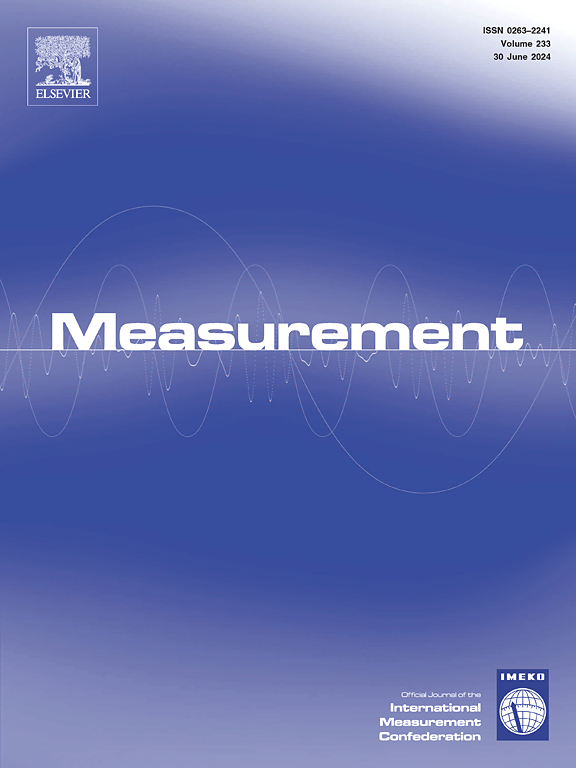A quantification method for model parameter uncertainty based on an improved sequential Monte Carlo filter
IF 5.2
2区 工程技术
Q1 ENGINEERING, MULTIDISCIPLINARY
引用次数: 0
Abstract
The quantification of model parameter uncertainty is of great importance for the safety of engineering structures. However, traditional particle filter methods face challenges in avoiding particle degradation and impoverishment when estimating and predicting model parameters. Thus, this paper uses three improved particle filters combined with a Gaussian mixture model to evaluate the uncertainty of the model parameters. Fatigue crack growth model is established based on the Paris equation, and the performance of the filter is validated through two numerical examples with engineering backgrounds. Numerical example 1 analyzes a pressure vessel with a central crack, comparing the performance of different filters in estimating crack length, stress intensity factor, and posterior parameter distribution. By comparing the performance of PFGM, IBIS, and SMC under 107 loading cycles, it was found that SMC, compared to the other two methods, effectively reduces the estimation error of the posterior parameter distribution, with the error not exceeding 3%. Additionally, the time consumption of the resampling process was reduced by 12.7%. Numerical example 2 studied the central crack model of a Q235 steel plate, combining the K-L expansion method to quantify the material parameter random field. The results show that SMC outperforms the other filtering methods in terms of dynamic adaptability, prediction accuracy (RMSE reduced by 23.5%), and computational efficiency. In summary, SMC, through its adaptive resampling method, significantly reduces computation time and improves prediction accuracy in parameter estimation. It effectively quantifies the uncertainty of structural model parameters, enhancing the precision and stability of uncertainty assessments, thus providing a reliable tool for uncertainty quantification in large-scale structural health monitoring.
基于改进序贯蒙特卡罗滤波的模型参数不确定性量化方法
模型参数不确定性的量化对工程结构的安全具有重要意义。然而,传统的粒子滤波方法在估计和预测模型参数时面临着避免粒子退化和贫化的挑战。因此,本文采用三种改进的粒子滤波结合高斯混合模型来评估模型参数的不确定性。基于Paris方程建立了疲劳裂纹扩展模型,并通过两个具有工程背景的数值算例验证了滤波器的性能。数值算例1分析了具有中心裂纹的压力容器,比较了不同滤波器在估计裂纹长度、应力强度因子和后验参数分布方面的性能。通过比较PFGM、IBIS和SMC在107个加载周期下的性能,发现与其他两种方法相比,SMC有效地减小了后验参数分布的估计误差,误差不超过3%。此外,重采样过程的时间消耗减少了12.7%。数值算例2研究了Q235钢板的中心裂纹模型,结合K-L展开法对材料参数随机场进行了量化。结果表明,SMC滤波方法在动态适应性、预测精度(RMSE降低23.5%)和计算效率方面均优于其他滤波方法。综上所述,在参数估计中,SMC通过自适应重采样方法大大减少了计算时间,提高了预测精度。该方法有效地量化了结构模型参数的不确定性,提高了不确定性评估的精度和稳定性,为大规模结构健康监测中的不确定性量化提供了可靠的工具。
本文章由计算机程序翻译,如有差异,请以英文原文为准。
求助全文
约1分钟内获得全文
求助全文
来源期刊

Measurement
工程技术-工程:综合
CiteScore
10.20
自引率
12.50%
发文量
1589
审稿时长
12.1 months
期刊介绍:
Contributions are invited on novel achievements in all fields of measurement and instrumentation science and technology. Authors are encouraged to submit novel material, whose ultimate goal is an advancement in the state of the art of: measurement and metrology fundamentals, sensors, measurement instruments, measurement and estimation techniques, measurement data processing and fusion algorithms, evaluation procedures and methodologies for plants and industrial processes, performance analysis of systems, processes and algorithms, mathematical models for measurement-oriented purposes, distributed measurement systems in a connected world.
 求助内容:
求助内容: 应助结果提醒方式:
应助结果提醒方式:


